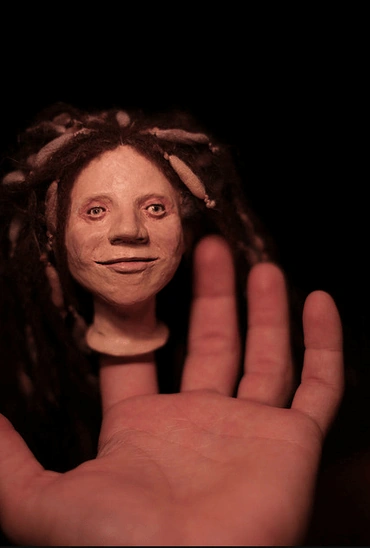1
Mozė iš Moabo lygumų nuėjo iki Nebojo kalno ir įlipo į Pisgos viršūnę ties Jerichu; ten Viešpats jam parodė visą Gileadą iki Dano žemių
2
ir visas Neftalio, Efraimo, Manaso ir Judo žemes iki Vakarų jūros,
3
krašto pietinę dalį, palmių miesto Jericho slėnį iki Coaro.
4
Viešpats jam tarė: “Tai žemė, kurią pažadėjau Abraomui, Izaokui ir Jokūbui duoti jų palikuonims. Tu ją matai savo akimis, bet į ją neįeisi”.
5
Viešpaties tarnas Mozė mirė Moabo žemėje, kaip Viešpats buvo sakęs.
6
Jis jį palaidojo Moabo žemės slėnyje ties Bet Peoru; bet nė vienas žmogus nežino jo kapo iki šios dienos.
7
Mozė mirė šimto dvidešimties metų; nenusilpo jo akys ir jo jėgos neišseko.
8
Izraelitai jį apraudojo trisdešimt dienų Moabo lygumose. Po to gedulas pasibaigė.
9
Nūno sūnus Jozuė buvo pilnas išminties dvasios, nes Mozė buvo uždėjęs ant jo rankas. Izraelitai jo klausė ir darė, kaip Viešpats buvo įsakęs Mozei.
10
Niekad nebebuvo Izraelyje tokio pranašo, kaip Mozė, su kuriuo Viešpats būtų kalbėjęs veidas į veidą,
11
kuris darytų tokius ženklus ir stebuklus, kuriuos daryti Viešpats pasiuntė Mozę į Egipto žemę faraonui, jo tarnams, ir visam jo kraštui;
12
kuris parodytų galingą ranką ir baisius dalykus, kuriuos Mozė darė izraelitų akivaizdoje.







